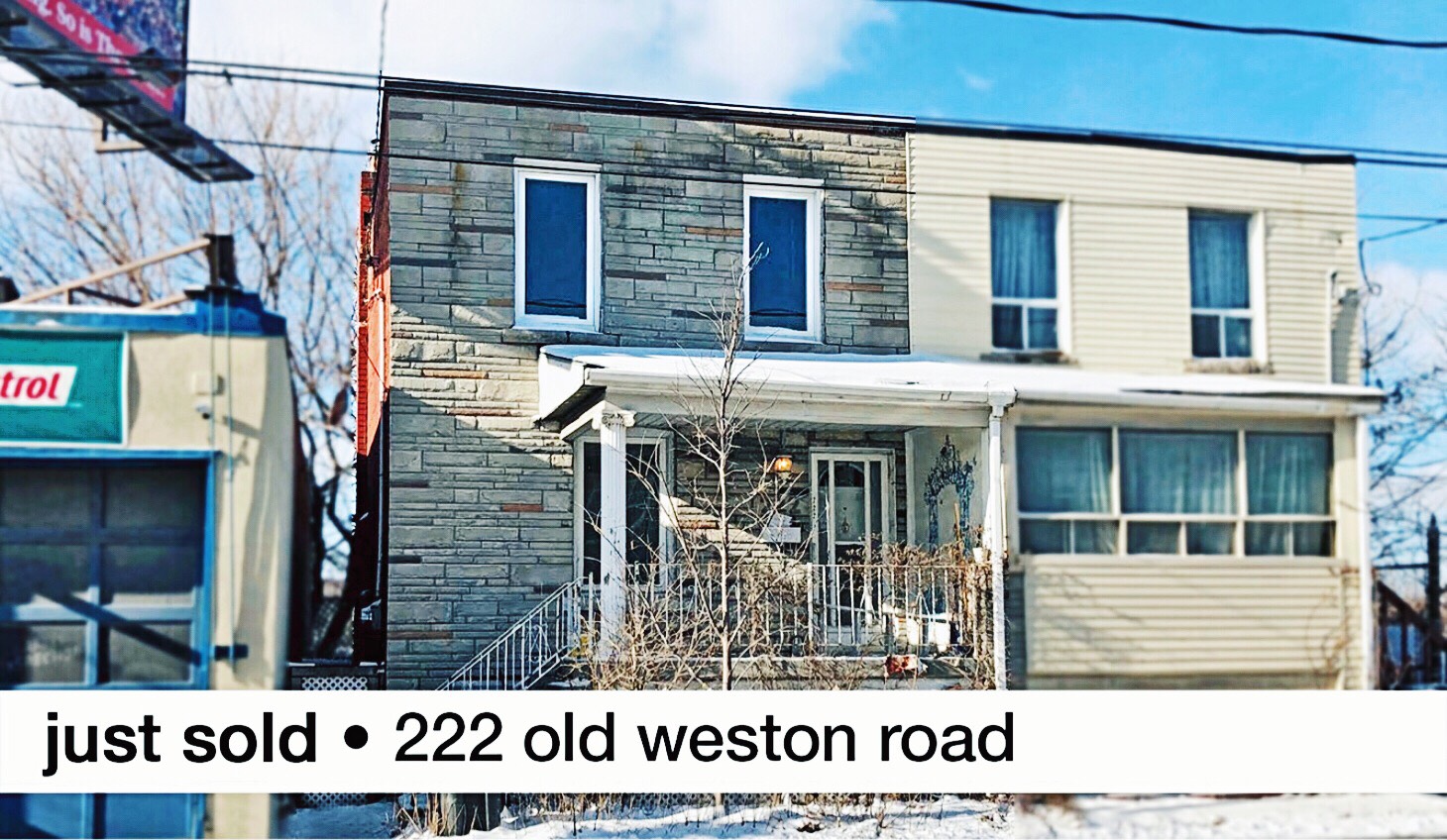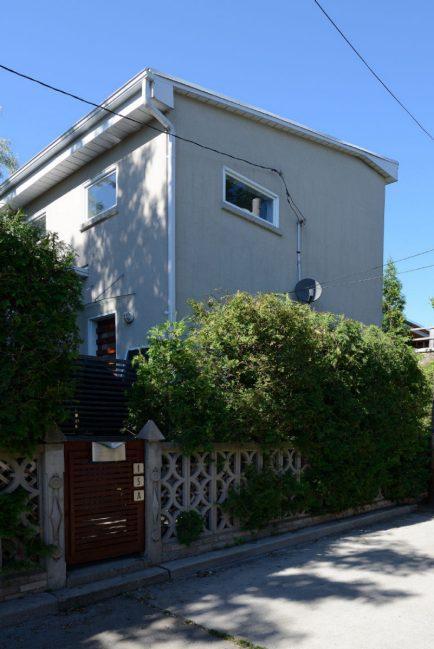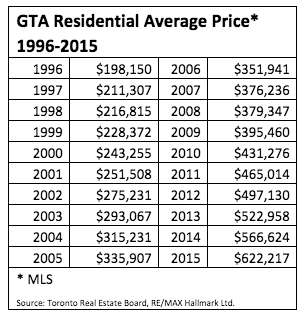JUST SOLD! 222 Old Weston Road – Carleton Village
222 Old Weston Road was the answer to our clients’ condo alternative hunt. The semi-detached two storey home offered two bedrooms, two washrooms, a bright open kitchen, and a backyard with deck. This home is located within walking distance to The Junction with numerous restaurants, shops and bars. We’re so happy for our clients who succeeded in their goal of skipping “the condo step” of home ownership in Toronto!







